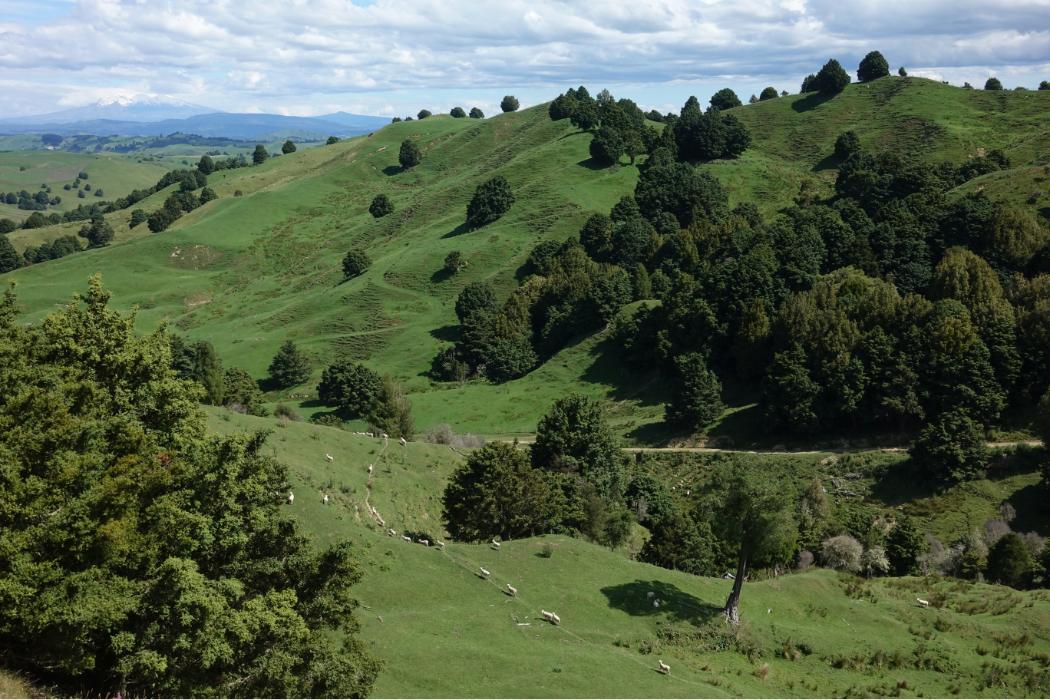Following on from last month’s article on digital wills, Alan Royal takes a look at some of the resources available to help you plan ahead.
A survey of New Zealanders by the Commission for Financial Capability (CFFC) found only 47% had a will, and even fewer women – 44% of women to 51% of men.
Be warned. You may find some of the material in this article morbid. It has been put together as a result of requests to create an awareness of an issue that many of us don’t or don’t want to think about.
Quite apart from your will, how many of you, as part of your succession planning, have included executor access to your digital material e.g. passwords to access financial (bank accounts, stocks, shares, bonds and loans) and management material on your devices? An example will show how important this is to your family, included blended families.
The incentive to write this article was because the widow of a friend was unable to access any record of their joint assets, as they were hidden behind a password on her late husband’s computer. While experts may be able to access such protected material it could take time. If the material is duplicated on an external drive access may be easier.
You can and should create a digital will. What is a digital will? It’s not a legal document, like an official will, but a list of all your digital assets, where they are stored and the access codes you signed up with. This information helps your estate recognise and retrieve any assets. It may also allow you to deactivate accounts.
A starting point is a Consumer New Zealand article at bit.ly/2Tf2CKU, which describes e.g. the role of a digital executor, what digital services and assets need to be considered, cancelling online services, electronic bank accounts and some examples of legacy policies.
Some of these legacy policies relate to e.g. Facebook, Twitter, email accounts, internet service providers, membership accounts and the likes of say TradeMe accounts. The same article gives an example of a digital will and a downloadable Word digital will template. You can alternatively do a copy and paste of the template, direct from their site.
The New Zealand Law Society has a page devoted to a Digital Legacy checklist and information on web service policies. View the page at bit.ly/2TiXp4I. The checklist includes how to identify your digital assets, the online accounts and information you have stored online, what is important to you or your family and friends, what you want to happen to each of these assets after your death, whether anyone should have access to your email after your death, and should your email contacts be notified of your death? They suggest recording your details (passwords, login, location) in a safe place. Note that providers of some services such as internet banking do not permit you to record some details. Check the wording of the agreements you have.
Many in your family will have social media accounts. Some of these sites, such as Facebook, Twitter, Instagram, Linkedin and Google have tools to manage legacy accounts. Their guides can be viewed at the (aptly named!) Dead Social site – see bit.ly/2Tm86nj. The site also describes how to download media from these sites. Their Digital Death Report at bit.ly/2CJXiYR contains interesting survey material on people’s views on handling digital death material.
The Dead Social site also has a useful wide ranging collection of resource guides at bit.ly/2CMbGzO. The guides include preparing for death on social media sites, downloading your media & data from social networks, funeral-tech tutorials, end of life planning tutorials and offline legacy tutorials.




